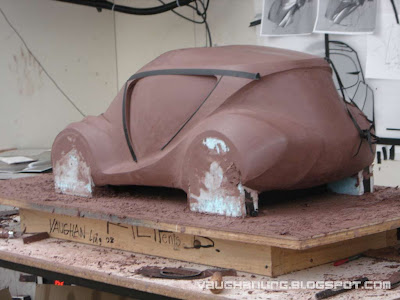


Unloading is the release of pressure due to the removal of an overburden. This form of mechanical weathering can be caused by freezing and thawing, unloading, thermal expansion and contraction, or salt deposition. Spalling is a common mechanism of rock weathering, and occurs at the surface of a rock when there are large shear stresses under the surface. Many AFVs are equipped with spall liners inside their armor for protection.Ī kinetic energy penetrator, if it can defeat the armor, generally causes spalling within the target as well, which helps to destroy or disable the vehicle and its crew. The resulting spall is dangerous to crew and equipment, and may result in a partial or complete disablement of a vehicle and/or its crew. The relatively soft warhead, containing or made of plastic explosive, flattens against the armor plating on tanks and other armored fighting vehicles (AFVs) and explodes, creating a shock wave that travels through the armor as a compression wave and is reflected at the free surface as a tensile wave breaking (tensile stress/strain fracture) the metal on the inside. In anti-tank warfare, spalling through mechanical stress is an intended effect of high-explosive squash head (HESH) anti-tank shells and many other munitions which may not be powerful enough to pierce the armor of a target. Caption reads, "The chunk of armour plating you see here was gouged out of X turret by a German shell."

When such bubbles collapse, a localized high pressure can cause spalling on adjacent surfaces.Ī chunk of armour knocked from HMS New Zealand 's 'X' turret during the Battle of Jutland on display at the Torpedo Bay Navy Museum in Auckland. Spalling can also occur as an effect of cavitation, where fluids are subjected to localized low pressures that cause vapor bubbles to form, typically in pumps, water turbines, vessel propellers, and even piping under some conditions.

One of the simplest forms of mechanical spalling is plate impact, in which two waves of compression are reflected on the free-surfaces of the plates and then interact to generate a region of high tensile stress inside one of the plates. Spalling occurs in preference to brinelling where the maximal shear stress occurs not at the surface, but just below, shearing the spall off. Mechanical spalling occurs at high stress contact points, for example, in a ball bearing.


 0 kommentar(er)
0 kommentar(er)
